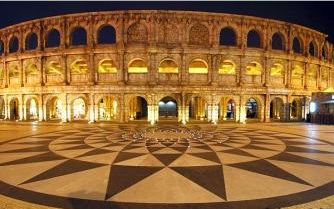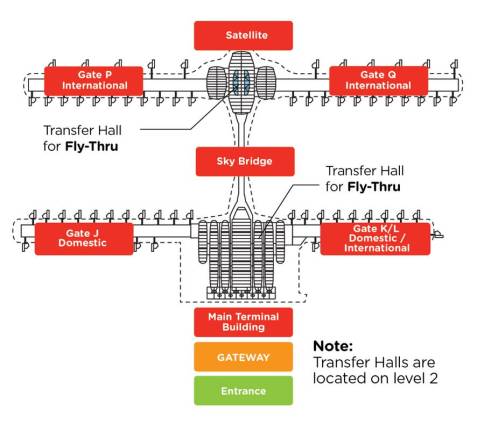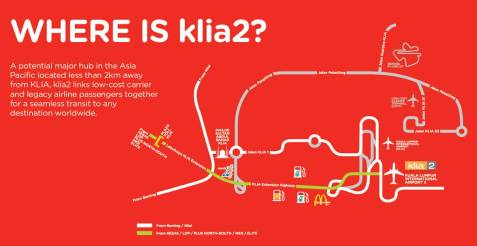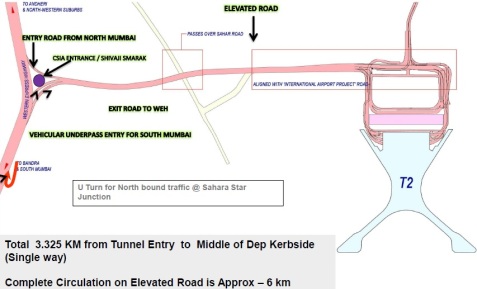Day 01 :-
After arriving in Hong Kong international Airport, take a direct ferry to Macau and check into the hotel. Freshen up and set out to explore the city.

Begin with A-Ma temple, which is dedicated to the worship of Matsu, the goddess of seafarers and fishermen. Head over to the Rusins of St. Paul’s, where only the church’s front facede and grand stone stairs remain, and Senado Square. Next, stop at Macau Fisherman’s Wharf to smaple Macau’s world –class cuisine or good Indian Food.
Catch The house of Dancing Water, a breathtaking water-based show at the City of Dreams, and the Performance Lake featuring a cornucopia of water, light and fire elements in the open area in front of Wtnn Macau. Families can dine and shop at The Venetian Macao, while adults can try their luck at the casinos.
Day 02:-
Start the day on a high note with a visit to the 228m Macau Tower, the worlds 10th highest free standing tower. Here, adrenaline junkies can climb 100m up the mast’s vertical ladder to the summit, free fall from a 223m platform – deemed the worlds highest bungee jump – or take a thrilling walk around the main outer rim of the tower sans hand rails ( safety is guaranteed via an overhead rail system ). And whilst the adventure seekers are having fun, the women can go for a relaxing spa session.
In the afternoon, visits to the Macau Museum, Wine Museum and Grand Prix Museum are highly recommended. Come evening, visit MGM Macau, which boasts European – inspired facades, a dramatic skylight dome, myriad terraces invoking an old-world Portugal feel, and a light and some show each evening.
Day 03:-
Depart for Hong Kong.
For Packages write us on adler-tours@hotmail.com or visit us at www.adler-tours.com




